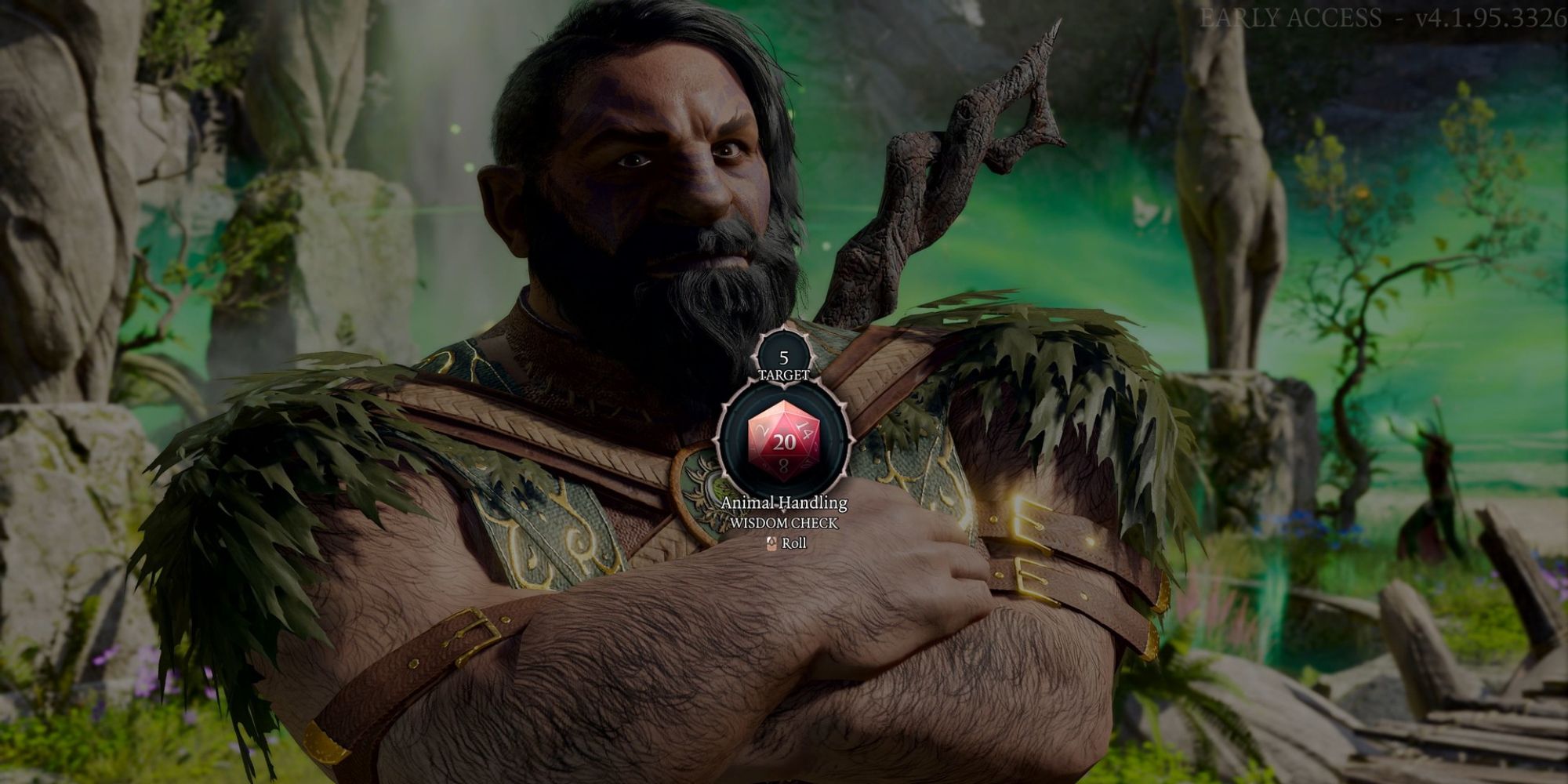I’m fast approaching my two decade anniversary of playing Warhammer. I’ve dipped in and out of the hobby in that time, mostly when I was a teenager and discovered beer, but the vast majority of those years have been spent hunched over tiny miniatures. So I was the only one of my work D&D party, made up of a fair few newcomers, to know the curse that our DM was spelling when she uttered the words, “anything but a one”.
Our D6, as anyone who has ever rolled a die after saying that accursed phrase before, rolled a one. We did not deal enough damage to defeat the wraith in front of us, and it had another turn to wreak havoc on our party. With our Bard already down, it was a brutal turn where we took plenty of damage, but there was more pain to come. I can’t remember exactly how it happened, whether it was a crucial saving throw or dealing the deathblow on the second opponent, but we failed three rolls in a row where anything higher than a one would have sufficed. It was horrible, it was brilliant, it was tabletop games in a nutshell.
Baldur’s Gate 3 obviously takes a ton of inspiration from Dungeons & Dragons, being set in Faerûn and using the game’s characters as well as the 5e rules and all that jazz, but the dice rolls are by far the most important bit. The CRPG could have easily hidden all the rolls, playing with its dice in the background like it does for your AI opponents, but instead it puts the D20 front and centre. In doing so, it both pays homage to its beginnings and gives players that exciting feeling of peril that has made tabletop games so engaging for decades.
Whenever you try something risky in Baldur’s Gate 3, you’ll have to roll for it. Want to pick a lock? Roll dex. Want to cast an enchantment? Roll a D20. Baldur’s Gate 3 shows you these rolls, first bringing up the die alongside the score you need to roll and any modifiers. This is the equivalent of picking up your physical D20 and weighing it in your hands as you check your stats. Need a 15 with no skill modifiers to help you out? You’re going to need lady luck on your side. Need a 5 when you have +4 in bonuses? Anything but a one…
There’s a tension in this moment of Baldur’s Gate 3 that is unmatched in gaming. You know exactly what you need, but it’s completely out of your hands whether you can achieve it. A click of your mouse button, though, and your fate is sealed.
The D20 rolls incredibly satisfyingly. The way that the die pings off the virtual walls of its pixel-based container is perfect, the rattling sound accurate, and the tension increases tenfold as it slowly settles on the number that will dictate your success.
Being able to see dice rolls is nothing new in games, CRPGs have been doing it for decades and Disco Elysium’s use of the visible 2D6 helped it to critical and commercial acclaim. But I’m glad it’s there in Baldur’s Gate 3, because there’s nothing quite like skill checks using a D20. From the tense opening, to the satisfying roll, to the inevitable failure when you had a 95 percent chance of success, I can’t get enough of testing myself in a dicicle manner.
I keep my D&D dice on my desk at all times in case I need to make a decision or just get an urge to roll, and Baldur’s Gate 3 understands that. It gets why we love to roll dice. It knows that we need to see that. And it knows that if we need a two or higher to succeed, there’s only one result it can show.


